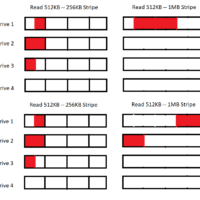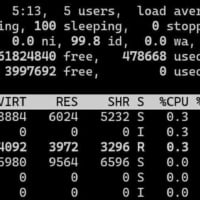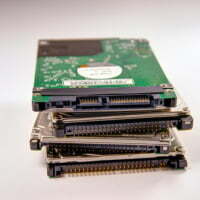Linux
11 Dec 2022
Restart your Linux Server — Commands to reboot via SSH

As a sysadmin, one of the things you’ll need to do sooner than later is reboot a server via SSH. Even though it’s easy to do once you figure out how, it’s importance makes it worth learning about. This operation can be essential for maintaining your server’s performance and reliability, assisting you in recovering from
07 Jun 2022
How to use MTR – A Guide For Windows, Mac, and Linux

One of the most important aspects of an internet connected system is the stability of the network. There are a number of tools to diagnose, troubleshoot, and verify network performance and connectivity. Today we’re going to be discussing one of the most important of those: MTR. In this article, we will address some important topics:
16 May 2022
How to configure IPv6 for SolusVM
At IOFLOOD, quite a lot of our customers run VPS hosting companies, so we try to be familiar with the technologies and control panels used for VPS hosting. We do this because we want to provide help when our customers face challenging server configuration issues. In today’s article, we’re going to discuss how to configure
08 Jul 2021
Linux Bridge vs OpenVSwitch — How to Improve Virtualization Network Performance

How to fix packet loss and latency in high bandwidth VPS servers by upgrading to OpenVSwitch Virtualization is one of the most pervasive and transformational technologies in the hosting world to have come along in the last decade. Despite this, maintaining the efficient operation of virtual machines is not always easy. In this article, we’ll
02 Mar 2021
Testing the network speed of your IOFLOOD.com server with iperf

With 10gbps and faster network ports becoming more common all the time, it is becoming increasingly important to make sure that a server can actually use all of that bandwidth. At these high speeds, many things can go wrong that limit your performance to less than the maximum speed of the port. The most important
04 Feb 2021
Optimal RAID Stripe Size and filesystem Readahead for RAID-10?

What RAID stripe size is ideal for an array of hard drives? What are the default settings for both raid stripe size and filesystem readahead? Are those defaults acceptable? How do these settings impact the performance of my server? In this post, we’ll go into detail as to what settings are ideal for a server
25 Jan 2021
IOWAIT in Linux — is iowait too high?

High IOWAIT can be a real problem in linux, making your server grind to a halt. The question is, how high is too high? When should I be concerned? Firstly, we’ll talk about what IOWAIT means, discuss related statistics and how to interpret them, and finally how to decide if IOWAIT is causing a problem.
21 Feb 2020
What is Apache Keepalive Timeout? How to optimize this critical setting.

If you’ve struggled to fix web server slowdowns or crashes, you may have come across a setting for Apache called “Keep-Alive”. This is one of the most powerful — and frequently misused — features of apache. In this article, we’ll explain: What is Apache Keepalive / Keepalive Timeout? What configuration is optimal for best server
14 Jun 2019
Connecting to an IOFlood VPN via PPTP on Archlinux

We love servers, and we love our customers! Our customers are the ones we do this for, so it’s always a great thing for us when we get positive feedback from our customers, we know we’re doing things right. Recently one of our customers reached out to us and shared with us a blog entry
27 Apr 2015
Adding AHCI support to CentOS after it was already installed in IDE mode

Sometimes when you’re using a server, you’ll notice that the disk i/o is slower than it ought to be, or is using a lot more cpu than it should be during disk i/o. In some cases, this would be because the BIOS is configured to use your sata drives in legacy IDE mode instead of